Tong Wang
Jeffrey
RayFusion: Ray Fusion Enhanced Collaborative Visual Perception
Oct 09, 2025



Abstract:Collaborative visual perception methods have gained widespread attention in the autonomous driving community in recent years due to their ability to address sensor limitation problems. However, the absence of explicit depth information often makes it difficult for camera-based perception systems, e.g., 3D object detection, to generate accurate predictions. To alleviate the ambiguity in depth estimation, we propose RayFusion, a ray-based fusion method for collaborative visual perception. Using ray occupancy information from collaborators, RayFusion reduces redundancy and false positive predictions along camera rays, enhancing the detection performance of purely camera-based collaborative perception systems. Comprehensive experiments show that our method consistently outperforms existing state-of-the-art models, substantially advancing the performance of collaborative visual perception. The code is available at https://github.com/wangsh0111/RayFusion.
pFedSAM: Personalized Federated Learning of Segment Anything Model for Medical Image Segmentation
Sep 19, 2025Abstract:Medical image segmentation is crucial for computer-aided diagnosis, yet privacy constraints hinder data sharing across institutions. Federated learning addresses this limitation, but existing approaches often rely on lightweight architectures that struggle with complex, heterogeneous data. Recently, the Segment Anything Model (SAM) has shown outstanding segmentation capabilities; however, its massive encoder poses significant challenges in federated settings. In this work, we present the first personalized federated SAM framework tailored for heterogeneous data scenarios in medical image segmentation. Our framework integrates two key innovations: (1) a personalized strategy that aggregates only the global parameters to capture cross-client commonalities while retaining the designed L-MoE (Localized Mixture-of-Experts) component to preserve domain-specific features; and (2) a decoupled global-local fine-tuning mechanism that leverages a teacher-student paradigm via knowledge distillation to bridge the gap between the global shared model and the personalized local models, thereby mitigating overgeneralization. Extensive experiments on two public datasets validate that our approach significantly improves segmentation performance, achieves robust cross-domain adaptation, and reduces communication overhead.
Predicting Parkinson's Disease Progression Using Statistical and Neural Mixed Effects Models: A Comparative Study on Longitudinal Biomarkers
Jul 26, 2025



Abstract:Predicting Parkinson's Disease (PD) progression is crucial, and voice biomarkers offer a non-invasive method for tracking symptom severity (UPDRS scores) through telemonitoring. Analyzing this longitudinal data is challenging due to within-subject correlations and complex, nonlinear patient-specific progression patterns. This study benchmarks LMMs against two advanced hybrid approaches: the Generalized Neural Network Mixed Model (GNMM) (Mandel 2021), which embeds a neural network within a GLMM structure, and the Neural Mixed Effects (NME) model (Wortwein 2023), allowing nonlinear subject-specific parameters throughout the network. Using the Oxford Parkinson's telemonitoring voice dataset, we evaluate these models' performance in predicting Total UPDRS to offer practical guidance for PD research and clinical applications.
WGSR-Bench: Wargame-based Game-theoretic Strategic Reasoning Benchmark for Large Language Models
Jun 12, 2025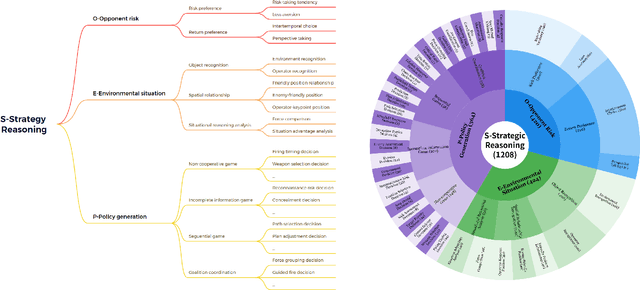
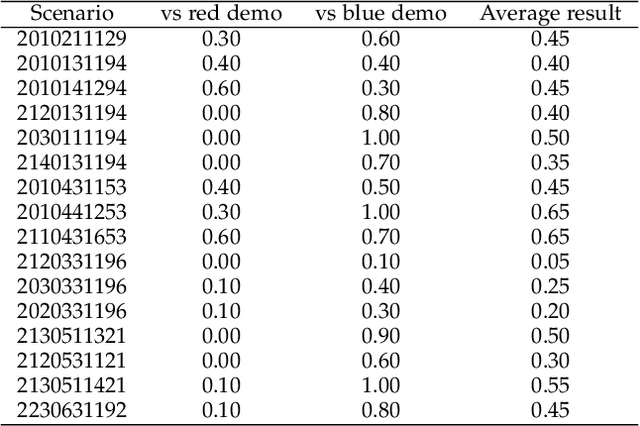
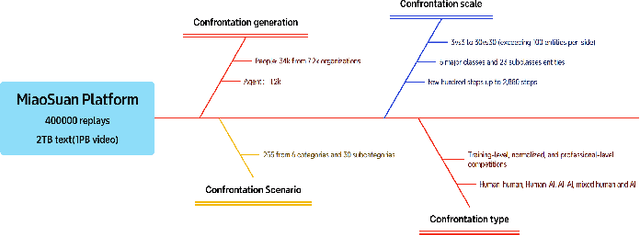

Abstract:Recent breakthroughs in Large Language Models (LLMs) have led to a qualitative leap in artificial intelligence' s performance on reasoning tasks, particularly demonstrating remarkable capabilities in mathematical, symbolic, and commonsense reasoning. However, as a critical component of advanced human cognition, strategic reasoning, i.e., the ability to assess multi-agent behaviors in dynamic environments, formulate action plans, and adapt strategies, has yet to be systematically evaluated or modeled. To address this gap, this paper introduces WGSR-Bench, the first strategy reasoning benchmark for LLMs using wargame as its evaluation environment. Wargame, a quintessential high-complexity strategic scenario, integrates environmental uncertainty, adversarial dynamics, and non-unique strategic choices, making it an effective testbed for assessing LLMs' capabilities in multi-agent decision-making, intent inference, and counterfactual reasoning. WGSR-Bench designs test samples around three core tasks, i.e., Environmental situation awareness, Opponent risk modeling and Policy generation, which serve as the core S-POE architecture, to systematically assess main abilities of strategic reasoning. Finally, an LLM-based wargame agent is designed to integrate these parts for a comprehensive strategy reasoning assessment. With WGSR-Bench, we hope to assess the strengths and limitations of state-of-the-art LLMs in game-theoretic strategic reasoning and to advance research in large model-driven strategic intelligence.
MSSDF: Modality-Shared Self-supervised Distillation for High-Resolution Multi-modal Remote Sensing Image Learning
Jun 11, 2025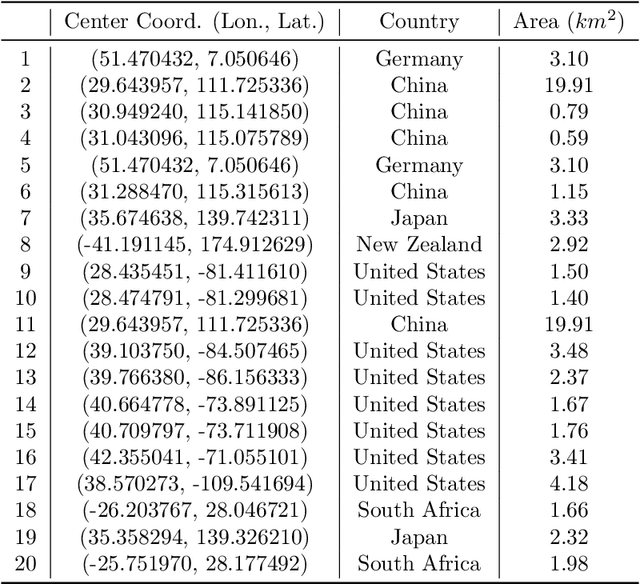
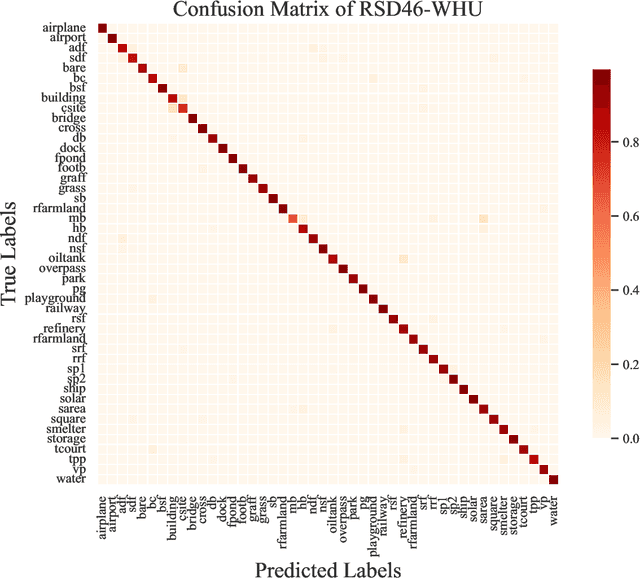
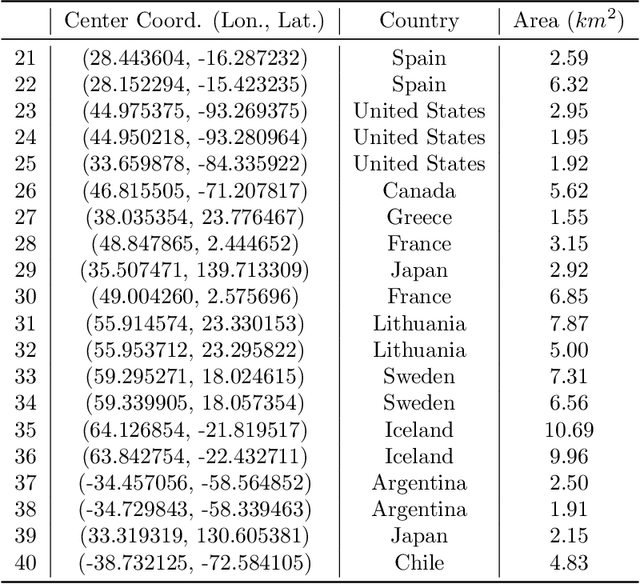
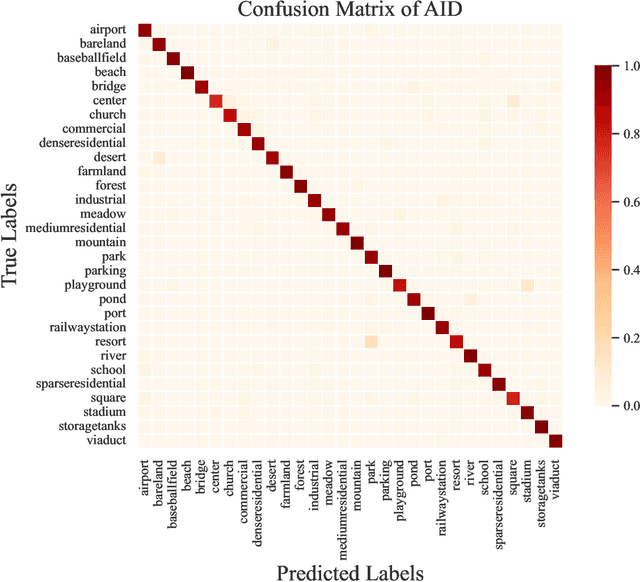
Abstract:Remote sensing image interpretation plays a critical role in environmental monitoring, urban planning, and disaster assessment. However, acquiring high-quality labeled data is often costly and time-consuming. To address this challenge, we proposes a multi-modal self-supervised learning framework that leverages high-resolution RGB images, multi-spectral data, and digital surface models (DSM) for pre-training. By designing an information-aware adaptive masking strategy, cross-modal masking mechanism, and multi-task self-supervised objectives, the framework effectively captures both the correlations across different modalities and the unique feature structures within each modality. We evaluated the proposed method on multiple downstream tasks, covering typical remote sensing applications such as scene classification, semantic segmentation, change detection, object detection, and depth estimation. Experiments are conducted on 15 remote sensing datasets, encompassing 26 tasks. The results demonstrate that the proposed method outperforms existing pretraining approaches in most tasks. Specifically, on the Potsdam and Vaihingen semantic segmentation tasks, our method achieved mIoU scores of 78.30\% and 76.50\%, with only 50\% train-set. For the US3D depth estimation task, the RMSE error is reduced to 0.182, and for the binary change detection task in SECOND dataset, our method achieved mIoU scores of 47.51\%, surpassing the second CS-MAE by 3 percentage points. Our pretrain code, checkpoints, and HR-Pairs dataset can be found in https://github.com/CVEO/MSSDF.
OpenSeg-R: Improving Open-Vocabulary Segmentation via Step-by-Step Visual Reasoning
May 22, 2025Abstract:Open-Vocabulary Segmentation (OVS) has drawn increasing attention for its capacity to generalize segmentation beyond predefined categories. However, existing methods typically predict segmentation masks with simple forward inference, lacking explicit reasoning and interpretability. This makes it challenging for OVS model to distinguish similar categories in open-world settings due to the lack of contextual understanding and discriminative visual cues. To address this limitation, we propose a step-by-step visual reasoning framework for open-vocabulary segmentation, named OpenSeg-R. The proposed OpenSeg-R leverages Large Multimodal Models (LMMs) to perform hierarchical visual reasoning before segmentation. Specifically, we generate both generic and image-specific reasoning for each image, forming structured triplets that explain the visual reason for objects in a coarse-to-fine manner. Based on these reasoning steps, we can compose detailed description prompts, and feed them to the segmentor to produce more accurate segmentation masks. To the best of our knowledge, OpenSeg-R is the first framework to introduce explicit step-by-step visual reasoning into OVS. Experimental results demonstrate that OpenSeg-R significantly outperforms state-of-the-art methods on open-vocabulary semantic segmentation across five benchmark datasets. Moreover, it achieves consistent gains across all metrics on open-vocabulary panoptic segmentation. Qualitative results further highlight the effectiveness of our reasoning-guided framework in improving both segmentation precision and interpretability. Our code is publicly available at https://github.com/Hanzy1996/OpenSeg-R.
Llama See, Llama Do: A Mechanistic Perspective on Contextual Entrainment and Distraction in LLMs
May 14, 2025Abstract:We observe a novel phenomenon, contextual entrainment, across a wide range of language models (LMs) and prompt settings, providing a new mechanistic perspective on how LMs become distracted by ``irrelevant'' contextual information in the input prompt. Specifically, LMs assign significantly higher logits (or probabilities) to any tokens that have previously appeared in the context prompt, even for random tokens. This suggests that contextual entrainment is a mechanistic phenomenon, occurring independently of the relevance or semantic relation of the tokens to the question or the rest of the sentence. We find statistically significant evidence that the magnitude of contextual entrainment is influenced by semantic factors. Counterfactual prompts have a greater effect compared to factual ones, suggesting that while contextual entrainment is a mechanistic phenomenon, it is modulated by semantic factors. We hypothesise that there is a circuit of attention heads -- the entrainment heads -- that corresponds to the contextual entrainment phenomenon. Using a novel entrainment head discovery method based on differentiable masking, we identify these heads across various settings. When we ``turn off'' these heads, i.e., set their outputs to zero, the effect of contextual entrainment is significantly attenuated, causing the model to generate output that capitulates to what it would produce if no distracting context were provided. Our discovery of contextual entrainment, along with our investigation into LM distraction via the entrainment heads, marks a key step towards the mechanistic analysis and mitigation of the distraction problem.
GlyphMastero: A Glyph Encoder for High-Fidelity Scene Text Editing
May 08, 2025



Abstract:Scene text editing, a subfield of image editing, requires modifying texts in images while preserving style consistency and visual coherence with the surrounding environment. While diffusion-based methods have shown promise in text generation, they still struggle to produce high-quality results. These methods often generate distorted or unrecognizable characters, particularly when dealing with complex characters like Chinese. In such systems, characters are composed of intricate stroke patterns and spatial relationships that must be precisely maintained. We present GlyphMastero, a specialized glyph encoder designed to guide the latent diffusion model for generating texts with stroke-level precision. Our key insight is that existing methods, despite using pretrained OCR models for feature extraction, fail to capture the hierarchical nature of text structures - from individual strokes to stroke-level interactions to overall character-level structure. To address this, our glyph encoder explicitly models and captures the cross-level interactions between local-level individual characters and global-level text lines through our novel glyph attention module. Meanwhile, our model implements a feature pyramid network to fuse the multi-scale OCR backbone features at the global-level. Through these cross-level and multi-scale fusions, we obtain more detailed glyph-aware guidance, enabling precise control over the scene text generation process. Our method achieves an 18.02\% improvement in sentence accuracy over the state-of-the-art multi-lingual scene text editing baseline, while simultaneously reducing the text-region Fr\'echet inception distance by 53.28\%.
Instance Migration Diffusion for Nuclear Instance Segmentation in Pathology
Apr 02, 2025Abstract:Nuclear instance segmentation plays a vital role in disease diagnosis within digital pathology. However, limited labeled data in pathological images restricts the overall performance of nuclear instance segmentation. To tackle this challenge, we propose a novel data augmentation framework Instance Migration Diffusion Model (IM-Diffusion), IM-Diffusion designed to generate more varied pathological images by constructing diverse nuclear layouts and internuclear spatial relationships. In detail, we introduce a Nuclear Migration Module (NMM) which constructs diverse nuclear layouts by simulating the process of nuclear migration. Building on this, we further present an Internuclear-regions Inpainting Module (IIM) to generate diverse internuclear spatial relationships by structure-aware inpainting. On the basis of the above, IM-Diffusion generates more diverse pathological images with different layouts and internuclear spatial relationships, thereby facilitating downstream tasks. Evaluation on the CoNSeP and GLySAC datasets demonstrate that the images generated by IM-Diffusion effectively enhance overall instance segmentation performance. Code will be made public later.
Make Optimization Once and for All with Fine-grained Guidance
Mar 14, 2025Abstract:Learning to Optimize (L2O) enhances optimization efficiency with integrated neural networks. L2O paradigms achieve great outcomes, e.g., refitting optimizer, generating unseen solutions iteratively or directly. However, conventional L2O methods require intricate design and rely on specific optimization processes, limiting scalability and generalization. Our analyses explore general framework for learning optimization, called Diff-L2O, focusing on augmenting sampled solutions from a wider view rather than local updates in real optimization process only. Meanwhile, we give the related generalization bound, showing that the sample diversity of Diff-L2O brings better performance. This bound can be simply applied to other fields, discussing diversity, mean-variance, and different tasks. Diff-L2O's strong compatibility is empirically verified with only minute-level training, comparing with other hour-levels.
 Add to Chrome
Add to Chrome Add to Firefox
Add to Firefox Add to Edge
Add to Edge